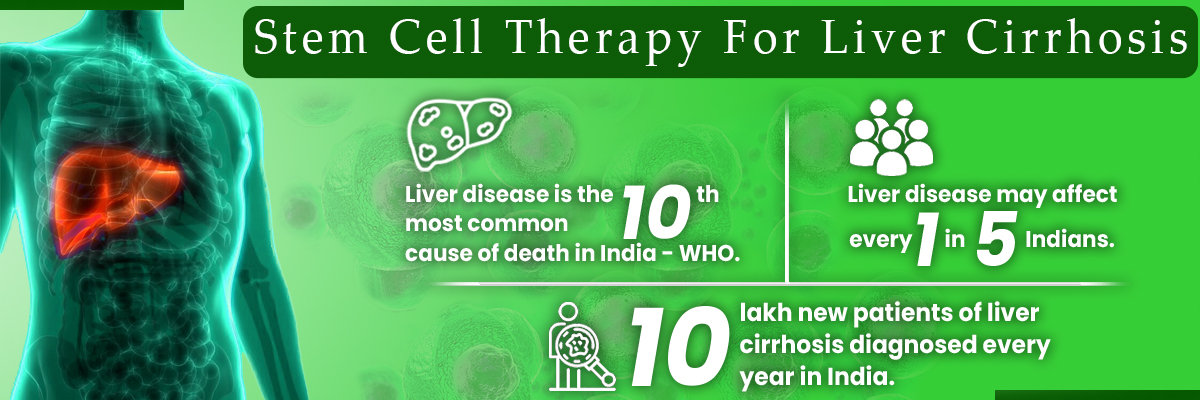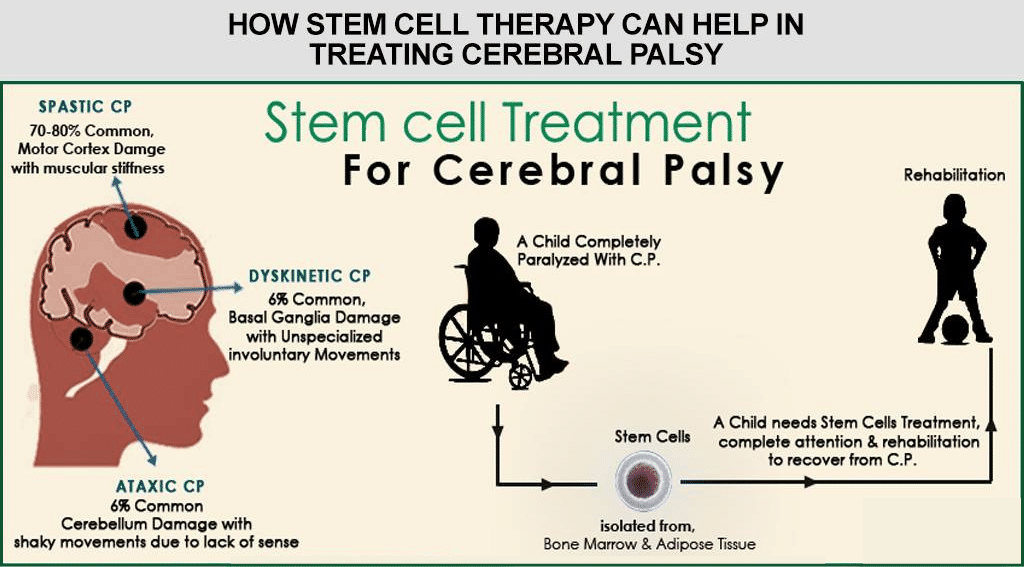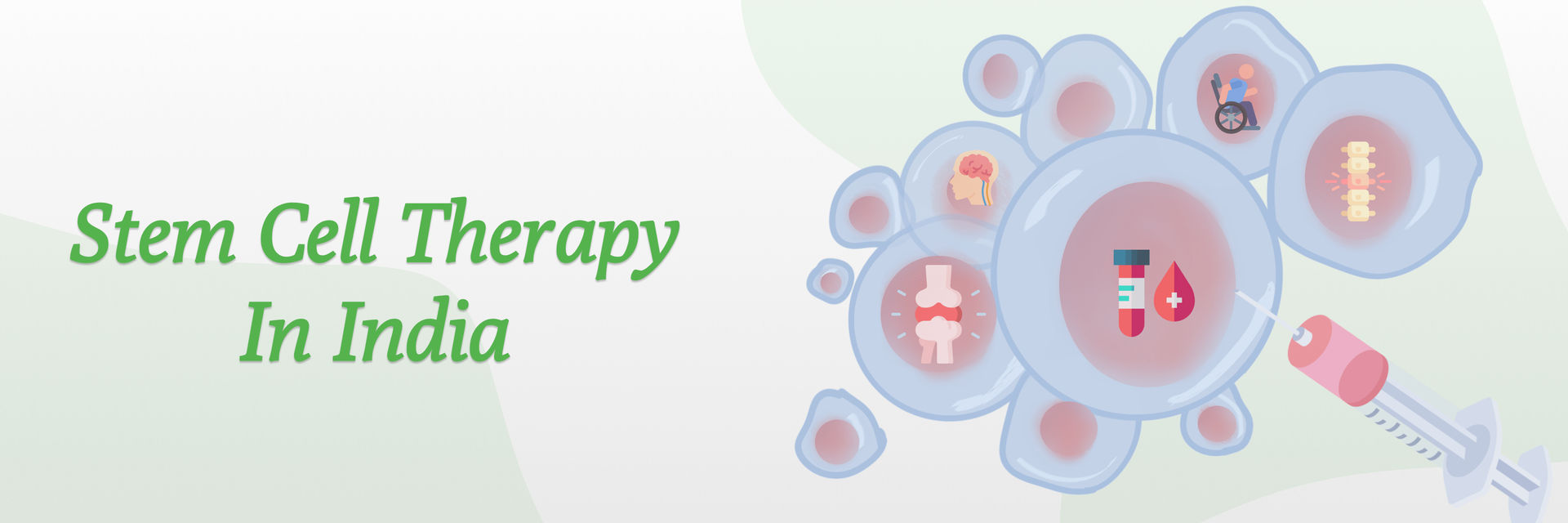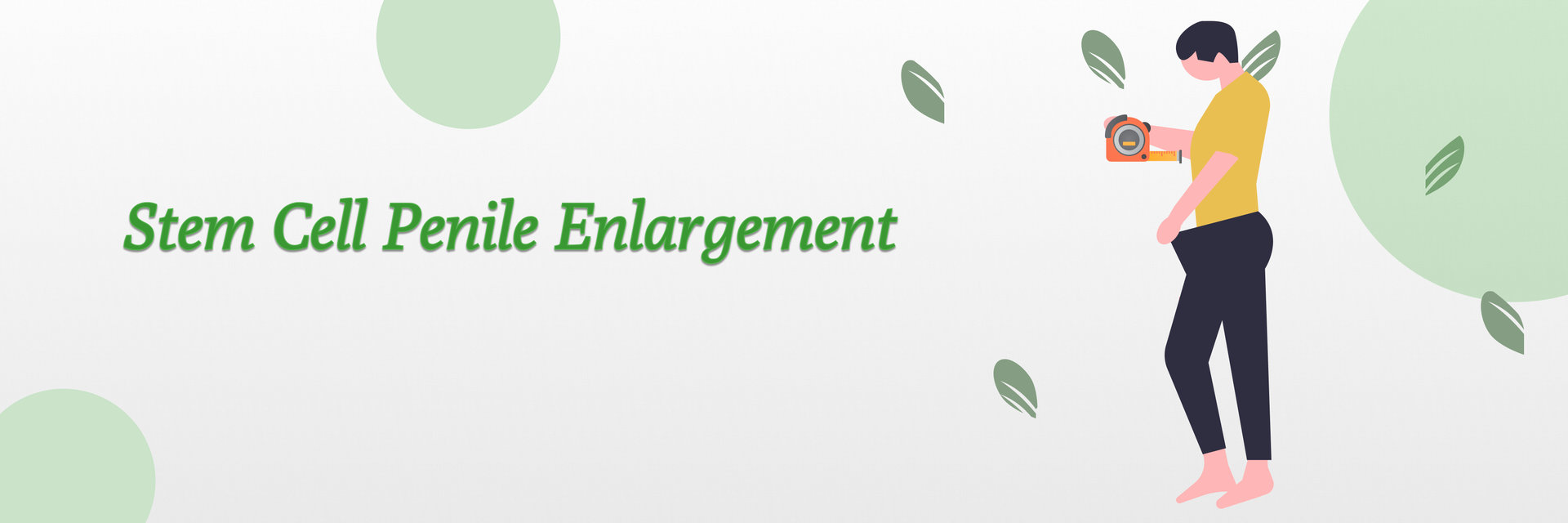Overview
India has become a significant hub for medical tourism, especially for advanced treatments like ACL stem cell treatment. Anterior Cruciate Ligament (ACL) injuries are prevalent among athletes and physically active individuals. According to the Indian Orthopaedic Association, over 200,000 ACL injuries occur annually in India. The rising interest in stem cell for ACL tear and stem cell ACL repair is transforming the landscape of sports medicine and orthopedic treatments in the country.
What exactly is the ACL and why is it so crucial to knee function?
Your knee relies on a crucial ligament called the Anterior Cruciate Ligament (ACL) for stability. Twisting or pivoting awkwardly can tear this ligament, causing pain, swelling, and instability in the knee.
What are the signs of an ACL injury? Recognizing an ACL injury early can significantly influence recovery outcomes. Let's see!

Common symptoms include:
- A popping sound at the time of injury
- Severe pain and inability to bear weight on the injured leg
- Significant swelling and stiffness in the knee
- Feeling of looseness or instability in the joint
If you're experiencing any of these signs, it's time to consult a professional. Contact us to schedule an appointment today!
Curious about modern treatments for ACL injuries? Let’s explore how stem cell therapy is making a difference.
Does Stem Cell Therapy Work for ACL Injuries?

Yes, stem cell therapy can be effective for treating ACL injuries. Stem cell therapy injects autologous stem cells (derived from the patient’s body) directly into the injured ACL.
ACL stem cell treatment involves using stem cells to repair and regenerate the damaged Anterior Cruciate Ligament. This innovative approach leverages the body's natural healing capabilities, aiming for a quicker and more effective recovery. Stem cells are undifferentiated cells with the potential to develop into various cell types, including ligament cells, making them ideal for stem cell therapy ligament repair.
The efficacy of stem cell therapy for complete ACL tear is backed by several studies. Research published in the Journal of Orthopaedic Research indicates that stem cells can significantly enhance the healing process of ACL injuries. Patients who received stem cells for ACL reconstruction reported improved stability and function compared to those who underwent traditional surgery.
Discussing stem cell therapy for your ACL injury? Consult with a regenerative treatment specialist to explore your options further.
Wondering what types of stem cells are used for ACL injuries? Let’s break it down simply.
Types of Stem Cells Used in ACL Treatment
There are primarily five types of stem cells utilized in ACL therapy.
1. Bone Marrow-Derived Mesenchymal Stem Cells (BMSCs)
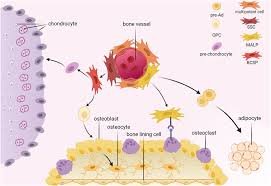
Derived from bone marrow, it is used extensively in ACL stem cell treatment to generate tendon and ligament lineage cells.
2. Ligament Stem Progenitor Cells (LSPCs)

Associated with ligament tissues, it shows significant potential for ligament tissue regeneration.
3. Pluripotent Stem Cells (PSCs)
Reprogrammed adult tissues, can differentiate into various cell types, used broadly in medical research.
4. Adult Stem Cells (ASCs)

Found in adult tissues, it contributes to tissue repair and regeneration.
5. Cancer Stem Cells (CSCs)
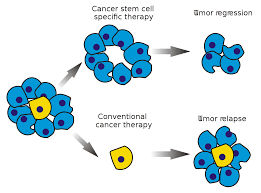
Associated with cancer development, not used in regenerative therapies.
Stem cell therapy offers exciting possibilities for ACL injuries, and ongoing research continues to explore the most effective stem cell types for promoting healing and tissue regeneration.
Thinking about stem cell therapy for your ACL injury? Here’s what you need to know.
Benefits and Risks of Stem Cell Therapy for ACL Injuries
Stem cell therapy offers potential benefits and comes with certain risks, which are crucial to understand before making a treatment decision.
Benefits of Stem Cell Therapy | Risks and Considerations |
| Tissue Regeneration: Capable of differentiating into various cell types, facilitating the repair and growth of healthy ACL tissue. | Limited Long-Term Data: Stem cell therapy is evolving, and long-term safety data are still being established. |
| Minimally Invasive: Non-surgical procedure that avoids incisions, reducing recovery time and patient discomfort. | Cost and Insurance Coverage: Treatment can be expensive and vary. |
| Reduced Complications: There is a lower risk of infection, scarring, and anesthesia-related issues than surgical options. | Individual Response: Effects can vary; age, health, and injury severity may influence results. |
| Improvement Over Time: Over 80% report significant improvement within 3 to 8 months after receiving mesenchymal stem cell therapy. | Incomplete Restoration: While pain and function may improve, complete restoration of the ACL is not guaranteed. Realistic expectations are crucial. |
Stem cell therapy holds potential as a surgery alternative for ACL injuries. Seek expert advice to evaluate its benefits and risks for your specific situation.
Considering stem cell therapy for your ACL recovery? Let’s talk numbers.
ACL Stem Cell Treatment Cost

The cost for this treatment can vary a lot, but here are some general ideas to help you understand what to expect:
The ACL stem cell treatment cost can vary significantly based on the location, the clinic, and the severity of the injury. In India, the stem cell ACL repair cost in India ranges from $8,000 to $12,000, making it more affordable compared to Western countries.
- Multiple Sessions: Depending on how bad your injury is and how well the first treatment works, you may need more than one session.
- Where You Go: Costs can change greatly based on the doctor's experience, and the clinic's location.
- Insurance: Most health insurance plans don't cover stem cell therapy for ACL injuries because it's seen as experimental.
Curious about how stem cell therapy for an ACL injury is done? Here’s a step-by-step guide.
The procedure of Stem Cell Therapy for ACL Injuries
| Stage and Activity | Details |
|---|---|
| Patient Evaluation | |
| - Assessment | Medical history, physical examination, imaging (MRI, ultrasound) |
| - Eligibility | Factors include age, health, ACL injury severity, other individual considerations |
| Stem Cell Harvesting | |
| - Source Selection | Sources: bone marrow, adipose tissue, amniotic fluid |
| - Collection | Minimally invasive; from hip bone or abdomen/thigh |
| - Processing | Concentration of stem cells in the lab |
| Preparation and Concentration | |
| - Laboratory Processing | Isolation, purification, and concentration of stem cells |
| - Cell Count | Determining the concentration of viable stem cells |
| Injection | |
| - Targeted Delivery | Injection under ultrasound or fluoroscopy into ACL |
| - Intra-Articular Injection | Direct injection into knee joint space |
| Post-Procedure Care | |
| - Recovery | Post-injection monitoring |
| - Physical Therapy | Rehabilitation, strengthening exercises, functional training |
| - Follow-Up | Regular visits for progress assessment and adjustments |
Please Remember: This is a simplified overview. The specific details of your treatment may vary depending on your case and the healthcare provider's approach.
Wondering what happens after a stem cell therapy session for an ACL injury? Let's walk through the recovery process.
What to Expect After Stem Cell Therapy for ACL Injuries?

Knowing what to expect can help you feel more prepared.
- Faster Healing and Recovery:
- Patients can walk within hours of the procedure.
- Return to regular activities, including sports, is possible within a few weeks.
- Avoid high-impact activities for at least six weeks.
- Comparison with Surgery:
- Stem cell therapy has no complications.
- It works well for ACL injuries.
- Long-Term Outcomes:
- Combined with traditional ACL reconstructions, stem cells lead to:
- Faster remodelling time of the ACL graft.
- Stronger ultimate strength of the new ligament.
- Reduced pain and swelling after surgery.
- Lower risk of arthritis later in life.
- Regular Exercise and Physiotherapy:
- Engage in regular exercise and follow a physiotherapy regimen.
Wondering how well stem cell therapy works for ACL injuries? Let’s take a closer look at the outcomes and success rates.
Recovery Time and Rehabilitation
Stem cell ACL repair recovery time is generally shorter than traditional surgery. Patients typically start noticing improvements within a few weeks, with complete recovery taking 3 to 6 months. Rehabilitation is crucial and involves physical therapy to strengthen the knee and restore full function.
Recovery Stages
- Immediate Post-Treatment: Rest and limited movement.
- 2-6 Weeks: Gradual increase in physical activity and physiotherapy.
- 3-6 Months: Intensive rehabilitation, focusing on strength and stability.
Results and Success Rates of Stem Cell Treatment for ACL Injuries
Here are the key points regarding the results and success rates of stem cell treatment for ACL injuries:
- Healing Potential of ACL:
- The ACL has the potential to heal with intensive non-surgical rehabilitation.
- Local intraligamentous cytokines and stem cells play a crucial role in this healing process.
- Mesenchymal Stem Cells (MSCs):
- According to the study, over 80% of patients who’ve received MSC stem cells for ACL repair show improvement within 3 to 8 months.
- Comparison with Surgery:
- While stem cell therapy is promising, it may not fully repair a complete ACL tear.
Is PRP Better Than Stem Cell Therapy for ACL?
Platelet-Rich Plasma (PRP) therapy and stem cell ACL repair are both popular regenerative treatments. PRP involves injecting concentrated platelets to accelerate healing, while stem cell therapy uses pluripotent cells to regenerate tissue.
| Feature | PRP Therapy | Stem Cell Therapy |
| Healing Mechanism | Accelerates healing | Regenerates tissue |
| Duration of Treatment | Shorter | Longer |
| Effectiveness | Good for minor injuries | Effective for severe injuries |
| Cost | Lower | Higher |
| FDA Approval | Yes | Varies by region |
We need to understand that, while PRP is beneficial for minor injuries, stem cell ACL repair is more effective for severe or complete tears.
Explore the potential of stem cell therapy for ACL tears, but consult your healthcare provider for personalized guidance. Schedule an appointment now!
Disclaimer
Stem cell therapy offers promising hope for the treatment of many diseases, including neurological and autoimmune conditions. However, it is important to note that most of these treatments are currently under clinical trial and have yet to receive FDA approval. The success rates mentioned are based on ongoing clinical trials. This blog is for informational purposes, and we are not promoting stem cell therapy. Individuals should consult with qualified healthcare professionals to discuss potential risks and benefits.
Reference:

